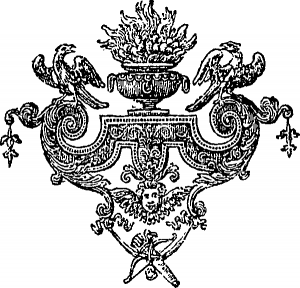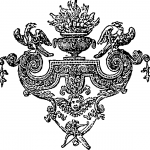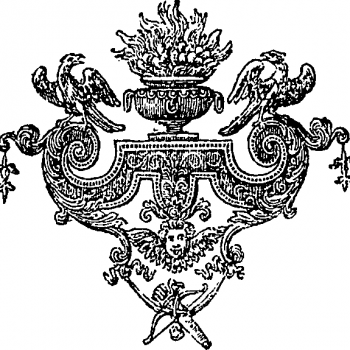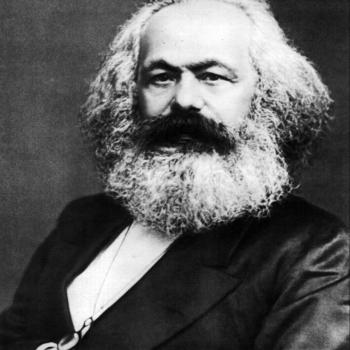In my previous post, I argued that the first two stanzas of the Apostles’ Creed are completely compatible with Latter-day Saint doctrine. In this article I will continue to show how the third and final stanza of the Apostles’ Creed, which may at first appear to be deeply problematic, is actually in-line with Latter-day Saint doctrine.
The final paragraph of the Apostles’ Creed reads:
‘I believe in the Holy Ghost; The holy Catholick Church; The Communion of Saints; The Forgiveness of sins; The Resurrection of the body, And the Life everlasting. Amen’.3
I will now address the two statements Latter-day Saints will object to: the belief in the ‘Holy Catholick Church’ and the belief in the Communion of Saints.
Who is the ‘Catholick Church’? Merriam-Webster defines ‘Catholic’ two ways. The first definition is comprised of three clauses and it is the first two which are most relevant. First, catholic is defined as ‘of, relating to, or forming the church universal’; and the second clause ‘of, relating to, or forming the ancient undivided Christian church or a church claiming historical continuity from it’.4 The second clause is the easiest to immediately reconcile to Latter-day Saint doctrine. Latter-day Saints believe that after Christ and His apostles established the Church, there occurred an apostasy. The result of this was a loss of doctrinal purity, priesthood authority, and the schism of the Church into various apostate Christianities. According to Latter-day Saint doctrine, the apostasy required a restoration of the Church of Christ, His Gospel, and His priesthood, which was accomplished through Joseph Smith. Thus, the core claim of Latter-day Saint restoration and the divine legitimacy bestowed through the divinely appointed priesthood and doctrinal purity are essentially claims to actual catholicity. Latter-day Saint claims to doctrinal purity, priesthood authority, and the ‘fulness of the gospel’ also represent claims to universality. The Latter-day Saint Church is not a national or regional church and it does not recognise or extend communion of priesthood and sacramental parity with any other church. Therefore, according to these two definitions and the doctrinal claims of the Latter-day Saints, the Church of Jesus Christ of Latter-day Saints considers itself the ‘Holy Catholick Church’ and rejects the claims of other Christian denominations to that title.
The belief in a broad communion of saints is similarly reconciled with Latter-day Saint doctrine. Initially, Latter-day Saints from Protestant and Roman Catholic backgrounds may envisage the community of saints as a body of individuals of exceeding merit who intercede between the individual and Christ. Such a belief would go against Latter-day Saint teachings and doctrine. However, if the communion of saints
is described as a body of believers in Christ united by common participation in the saving sacraments and perfection through Christ, as understood by Jean Calvin, then it is much more palatable.5 Such a communion would transcend mortality and encompass all those who belong to the Church of Christ and are made perfect through the Atonement. Latter-day Saints, with a heavy emphasis on posthumous baptism and other saving ordinances, cannot help but have sympathy with this understanding of a broad Christian communion of saints—both the living and the dead.
Latter-day Saints have stood too long on the boarders of Christianity. The core claim of the Church of Jesus Christ of Latter-day Saints is to be the restored Church of Christ. For many mainstream Christians, Latter-day Saint claims to Christianity are problematic not merely because its claims deny their own legitimacy; but also because Latter-day Saints reject the foundational professions of Christian faith. In this article I have demonstrated that the Apostle’s Creed is completely in line with Latter-day Saint doctrine and theology. There is no reason why Latter-day Saints should feel disconnected from this statement of Christian belief nor should they seek to distance themselves from it.
Ryan Blank
3 Historical Theology: An Introduction to the History of Christian Thought., 2nd ed., (Chicester: John Wiley & Sons, Incorporated, 2012), p. 30.
4 Merriam-Webster’s Collegiate Dictionary, 10th ed., Collegiate Dictionary (Springfield, Mass.: Merriam-Webster, 2002).
5 Historical Theology: An Introduction to the History of Christian Thought, p. 176.













